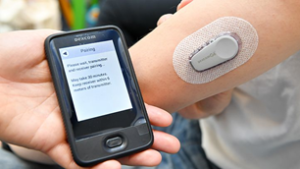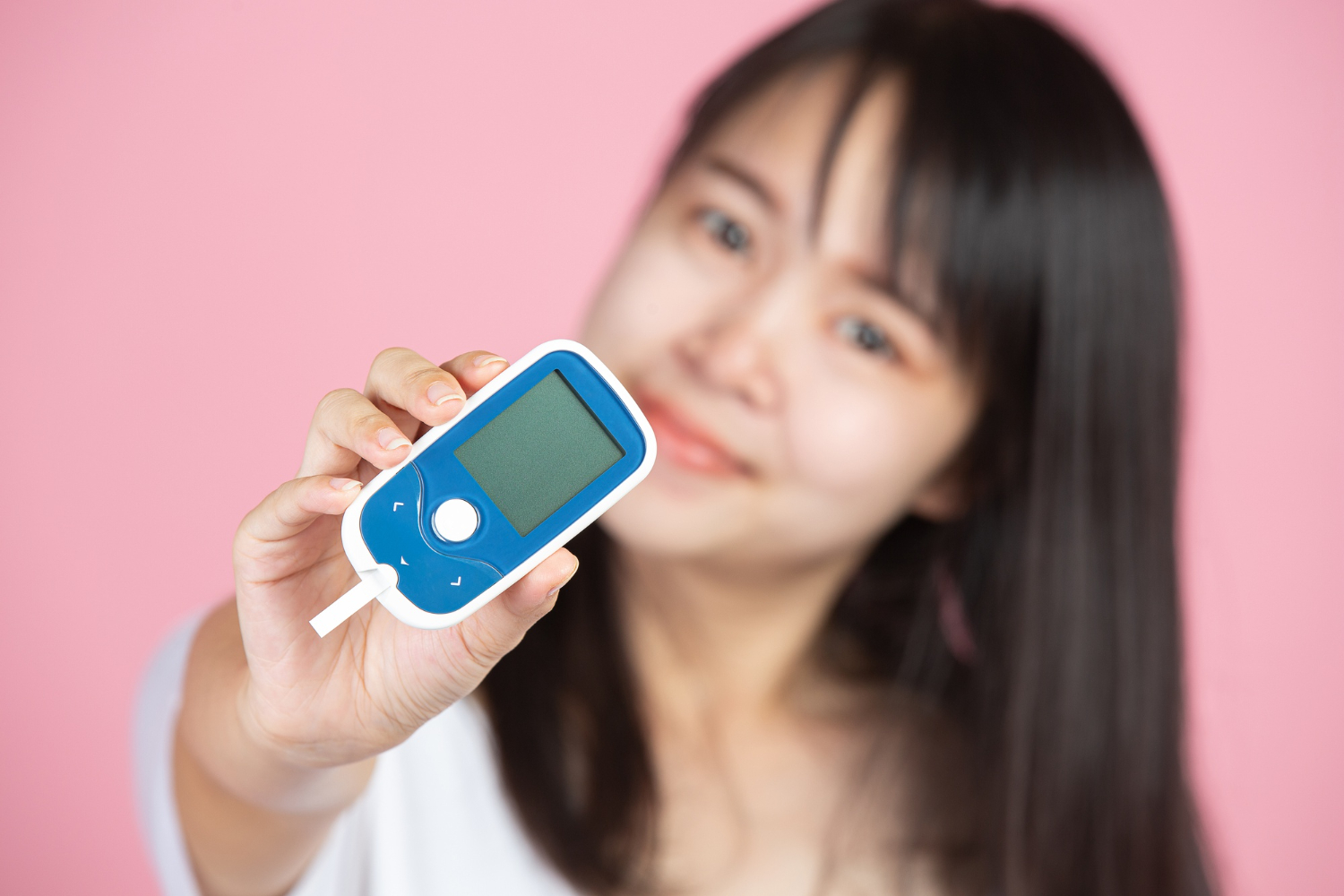Type 1 Diabetes Mellitus (T1DM) is a disorder with absolute insulin insufficiency occurring mostly in children and adolescents. T1DM is an autoimmune disorder due to the autoimmune destruction of pancreatic beta-cells leading to insulin insufficiency and requiring lifelong replacement therapy. For the treatment of T1DM several types of insulins are used. Among them, synthetic insulin analogues are the preferable types to mimic the physiological manner of endogenous insulin secretion: a combination of ultrashort-acting (rapid) and long-acting analogs. Ultrashort-acting insulins (Humalog, Novolog, Apidra) should be injected subcutaneously before each meal, and long-acting insulins (Glargin, Degludec) should be injected once a day to maintain the normoglycemia between meal intakes and during sleeping. New technological devices (insulin pumps) inject insulin via a continuous infusion mechanism 24 hours daily, simulating endogenous insulin secretion. Insulin pumps are used at any age, starting from the neonatal period. Newly developed insulin pumps have integrated an algorithm to work with the sensors to predict the glucose variation several minutes before. Moreover, they even automatically stop the insulin infusion in case of hypoglycemic prediction or increase the insulin rate to correct the predictable hyperglycemia. Examples of new insulin pumps are Medtronic 770G and 780G.

One of the important components of T1DM management is self-control of glucose levels in the blood. Glucose self-monitoring is possible via glucometers (finger-sticking) or continuous glucose-monitoring systems (GCMS, so-called sensors). GCMS shows the glucose variation 24-h during a day, measuring the glucose level in the subcutaneous fat cell.
Patients can monitor the glucose fluctuations and get information about the tendency of those variations for the next several minutes, shown via arrows (indicating the glucose level going up, down, or staying stable). Some of these sensors can work with insulin pumps through the implemented algorithms. This indicates that sensors could be used either separately (with multiple daily injection regimens) or in combination with insulin pumps (continuous insulin infusion.


Hope this helps!
Best regards,
Lusine V. Navasardyan, MD, Ph.D., Associate Professor,
YSMU, Endocrinology Chair, “Arabkir” Medical Center, Pediatric Endocrinologist “ArBeS” Healthcare Center




